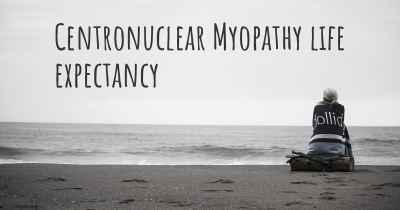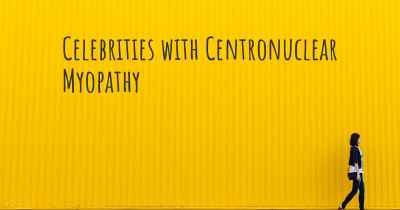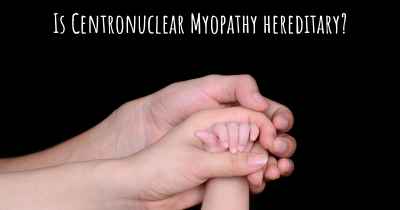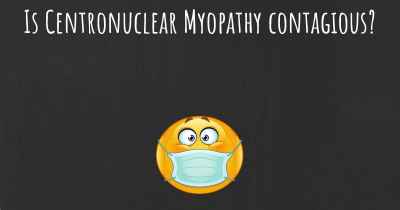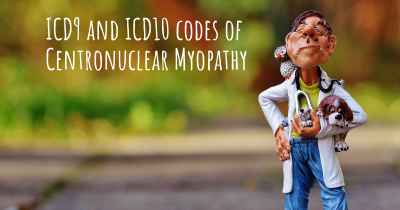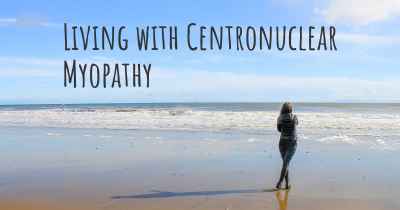What is the history of Centronuclear Myopathy?
When was Centronuclear Myopathy discovered? What is the story of this discovery? Was it coincidence or not?
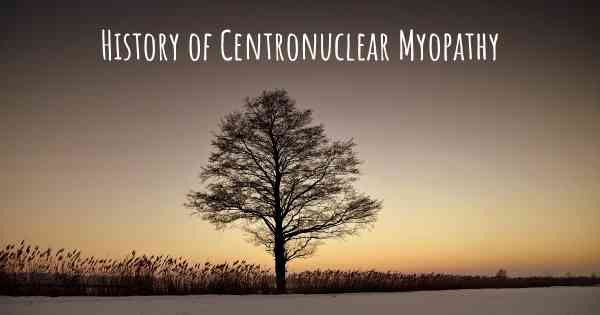
Centronuclear Myopathy (CNM) is a rare genetic disorder that affects the muscles, causing weakness and impaired muscle function. It was first described in the medical literature in the 1960s by Dr. John S. Emery, a British neurologist. Since then, significant progress has been made in understanding the condition and its underlying causes.
Early Discoveries:
The term "centronuclear" refers to the characteristic appearance of muscle fibers under a microscope, where the nuclei are located in the center of the fiber instead of being pushed to the periphery. This observation led to the identification of CNM as a distinct muscle disorder.
Genetic Basis:
Further research revealed that CNM is primarily caused by mutations in several genes involved in muscle cell function. The most common genes associated with CNM are MTM1, DNM2, and BIN1. Mutations in these genes disrupt the normal processes of muscle development, maintenance, and contraction, leading to the characteristic muscle weakness and dysfunction seen in CNM.
Clinical Presentation:
CNM can present at any age, from birth to adulthood, and its severity can vary widely. Infants with CNM often have generalized muscle weakness, low muscle tone (hypotonia), and difficulty feeding and breathing. They may also exhibit delayed motor milestones, such as sitting, standing, and walking. In some cases, the weakness may be limited to specific muscle groups, such as the face, neck, or limbs.
Advancements in Diagnosis:
Over the years, advancements in genetic testing techniques have greatly improved the diagnosis of CNM. Initially, muscle biopsies were the primary diagnostic tool, allowing for the observation of the characteristic centrally located nuclei. However, with the identification of specific genes associated with CNM, genetic testing has become the gold standard for diagnosis. This has enabled more accurate and efficient identification of affected individuals and their family members.
Research and Treatment:
Research efforts have focused on understanding the molecular mechanisms underlying CNM and developing potential treatments. Animal models, such as mice and zebrafish, have been instrumental in studying the disease and testing therapeutic interventions.
One promising avenue of research involves gene therapy, where the faulty gene responsible for CNM is replaced or repaired. Preclinical studies using gene therapy approaches have shown promising results in animal models, providing hope for future treatments.
Support and Advocacy:
Various patient support groups and advocacy organizations have emerged to provide resources, information, and support to individuals and families affected by CNM. These organizations play a crucial role in raising awareness, funding research, and connecting individuals with medical professionals and researchers.
Conclusion:
Centronuclear Myopathy is a rare genetic muscle disorder that was first described in the 1960s. Significant progress has been made in understanding the condition, including the identification of specific genes involved and advancements in diagnostic techniques. Ongoing research and the support of patient advocacy groups offer hope for future treatments and improved quality of life for individuals living with CNM.
